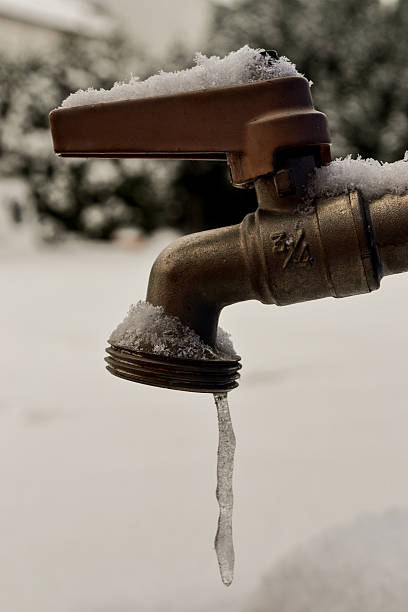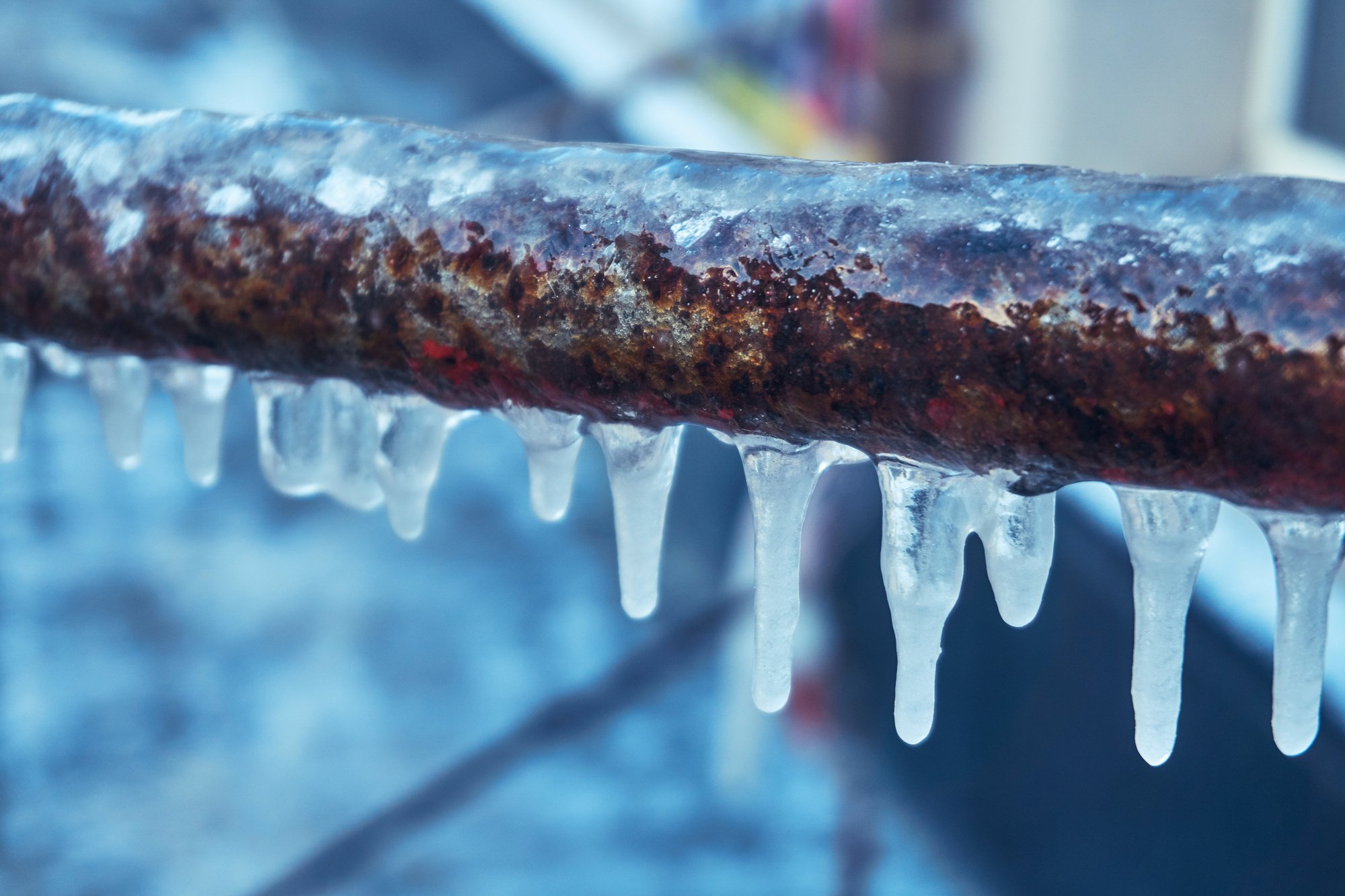Protecting Against Frozen Plumbing: Top Methods for Winter
Call TodayJust how do you really feel in regards to How To Avoid Freezing Pipes?

Cold weather can ruin your pipes, particularly by freezing pipes. Here's exactly how to avoid it from occurring and what to do if it does.
Introduction
As temperatures decrease, the threat of frozen pipes boosts, potentially leading to pricey repair services and water damages. Understanding exactly how to prevent frozen pipes is crucial for homeowners in chilly environments.
Understanding Frozen Pipelines
What creates pipes to freeze?
Pipes freeze when subjected to temperature levels below 32 ° F (0 ° C) for extended periods. As water inside the pipes freezes, it expands, putting pressure on the pipe walls and potentially triggering them to burst.
Risks and damages
Frozen pipelines can result in water disturbances, home damage, and expensive repairs. Ruptured pipelines can flood homes and create considerable architectural damage.
Indicators of Frozen Piping
Determining frozen pipelines early can prevent them from breaking.
Exactly how to identify icy pipes
Seek reduced water flow from taps, uncommon odors or sounds from pipes, and noticeable frost on exposed pipelines.
Avoidance Tips
Insulating at risk pipes
Wrap pipelines in insulation sleeves or use heat tape to secure them from freezing temperatures. Focus on pipelines in unheated or external locations of the home.
Heating methods
Maintain indoor areas effectively heated, specifically areas with pipes. Open cupboard doors to enable cozy air to flow around pipelines under sinks.
Safeguarding Outside Pipes
Yard hose pipes and outdoor faucets
Separate and drain pipes garden tubes prior to winter months. Install frost-proof faucets or cover outdoor taps with protected caps.
What to Do If Your Pipes Freeze
Immediate actions to take
If you think icy pipes, keep taps available to eliminate stress as the ice thaws. Use a hairdryer or towels soaked in warm water to thaw pipelines slowly.
Long-Term Solutions
Architectural changes
Think about rerouting pipelines away from exterior wall surfaces or unheated areas. Add additional insulation to attic rooms, basements, and crawl spaces.
Updating insulation
Invest in top quality insulation for pipes, attics, and wall surfaces. Appropriate insulation aids keep constant temperatures and minimizes the danger of frozen pipes.
Final thought
Preventing icy pipelines needs positive steps and fast responses. By comprehending the reasons, indications, and safety nets, house owners can safeguard their pipes during winter.
6 Proven Ways to Prevent Frozen Pipes and Protect Your Home
Disconnect and Drain Garden Hoses
Before winter arrives, start by disconnecting your garden hoses and draining any remaining water. Close the shut-off valves that supply outdoor hose bibs and leave the outdoor faucet open to allow any residual water to drain. For extra protection, consider using faucet covers throughout the colder months. It’s also important to drain water from any sprinkler supply lines following the manufacturer’s directions.
Insulate Exposed Pipes
Insulating your pipes is an effective way to prevent freezing. Pipe insulation is readily available at home improvement stores and is relatively inexpensive. Pay close attention to pipes in unheated areas such as the attic, basement, crawl spaces, or garage. Apply foam insulation generously to create a buffer against the cold. You can also wrap your pipes in heat tape or thermostat-controlled heat cables for added warmth.
Seal Air Leaks
Inspect your home for any cracks or openings that could let in cold air. Seal any holes around the piping in interior or exterior walls, as well as the sill plates where your home rests on its foundation. Additionally, make sure to keep your garage door closed unless you’re entering or exiting. Leaving it open creates a significant air leak that can lead to frozen pipes.
Allow Warm Air Circulation
During cold snaps, it’s essential to allow warm air to circulate evenly throughout your home. Leave interior doors ajar to promote better airflow. Open kitchen and bathroom cabinets to help distribute heat consistently around the rooms. If you have small children or pets, be sure to remove any household chemicals or potentially harmful cleaners from open cabinets for safety.
Let Faucets Drip
A small trickle of water can make a big difference in preventing ice formation inside your pipes. When temperatures drop significantly, start a drip of water from all faucets served by exposed pipes. This continuous flow helps prevent the water from freezing. Additionally, running a few faucets slightly can relieve pressure inside the pipes, reducing the chances of a rupture if the water inside does freeze.
https://choateshvac.com/6-proven-ways-to-prevent-frozen-pipes-and-protect-your-home/

We were shown that report about Prevent Frozen Pipes from a friend on our other web property. Appreciated our article? Please share it. Help others discover it. I take joy in reading our article about How To Avoid Freezing Pipes.
Information